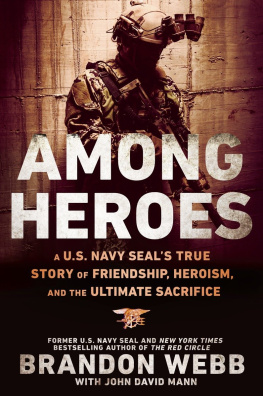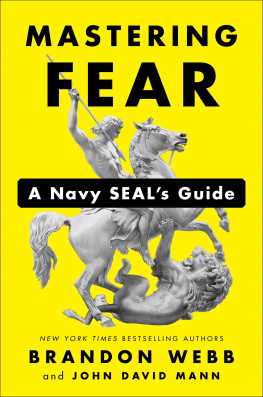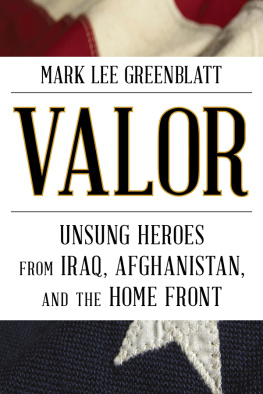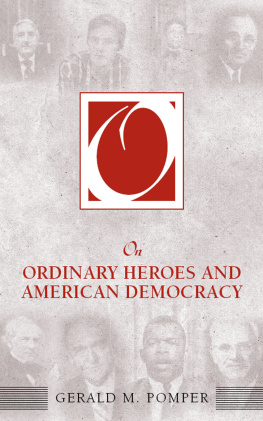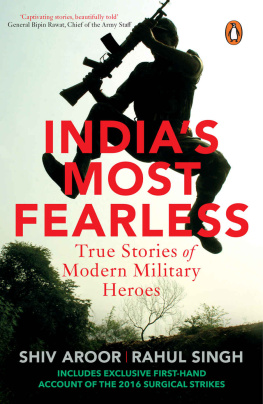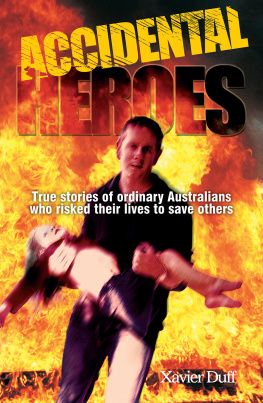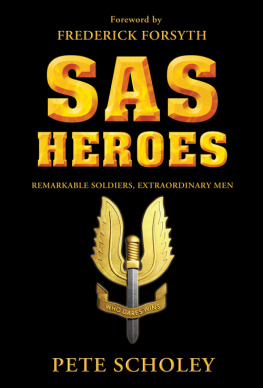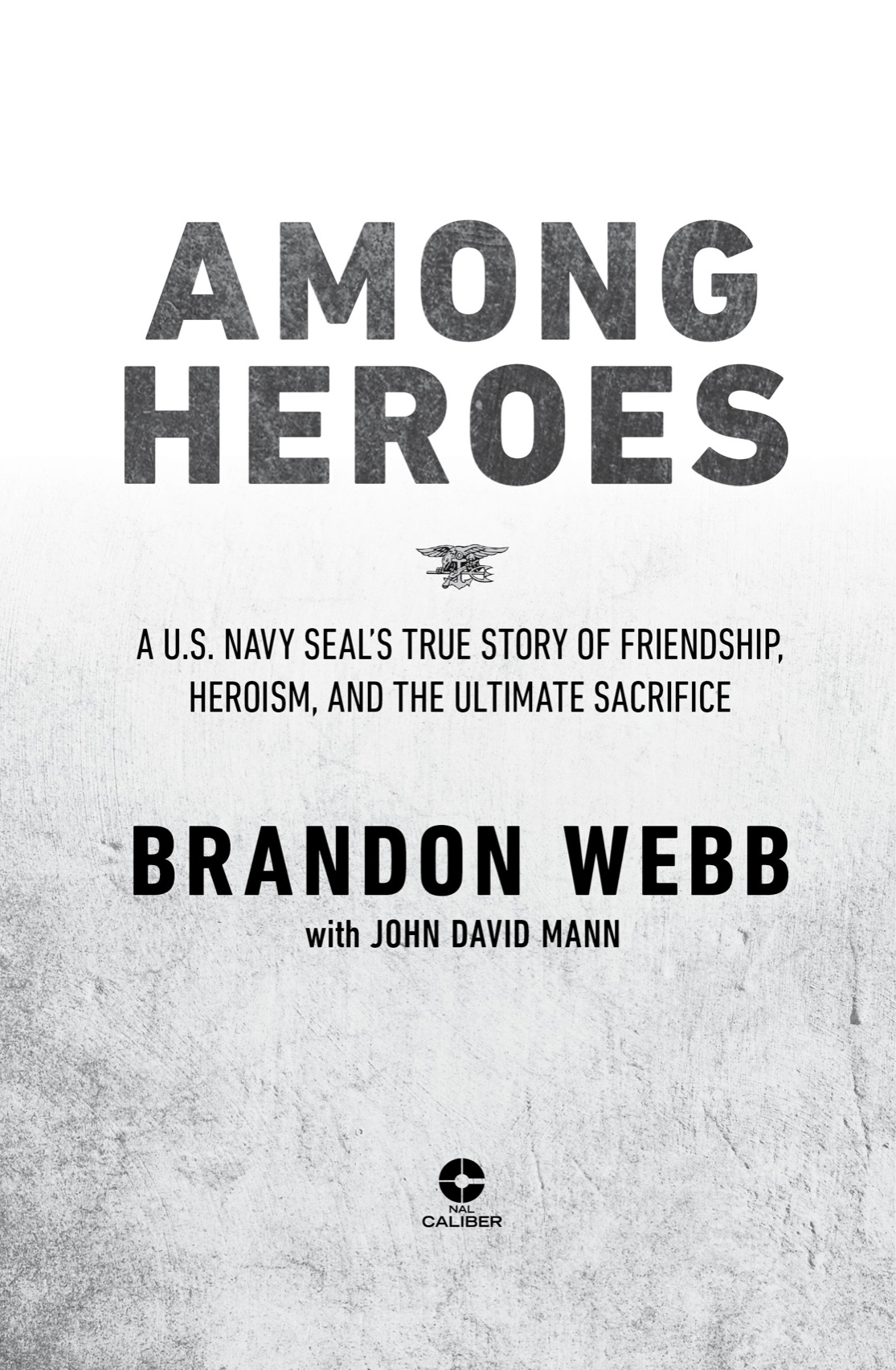All the events in this book are true and are described herein to the best of my recollection. The names of the heroes in this book are real; however, some connected names have been changed to protect the identities of people incidental to these stories and of friends who are still in active duty. I have at all times sought to avoid disclosing particular methods and other sensitive mission-related information, and this book was submitted to the Department of Defense for a full review prior to publication. As much as possible, stories of my friends and their exploits have been compiled in full collaboration and partnership with family members.
W hen I joined the Navy in 1993 I was a fresh-faced kid, barely out of high school. Like most nineteen-year-olds, I thought I knew something of the world. I had no inkling of the struggles that lay ahead.
Nor did much of the country. The America of 1993 was a world quite different from what it is today. The Cold War was over, the Soviet Union collapsed under the weight of its own obsolescence, and the deadly malaise now known as the Global War on Terror barely a blip on the horizon. Nestled in its valley between those two epochs of global conflict, the 1990s seemed a golden age of peace and prosperity. In many ways it was a time of fantasy and navet, and it would not last long. In the first light of the twenty-first centurys dawning we would awaken to stark geopolitical realities. The very nature of war would radically change, and my friends and I would be on the front lines of the new warfare.
These were also the years of my passage from swaggering teen years to a more sober, reflective adulthood. On the way I would make a solid handful of the best friends in the world. Many of them I would soon lose.
Its a strange place I find myself in these days. When I talk with people in their eighties or nineties, they describe what its like seeing so many of their friends vanish, one by one, and finding themselves progressively more alone in the world. Thats a normal part of the cycle of life, I knowbut Ive been having that experience for years, and Im barely forty.
The U.S. Special Operations community is one of the fiercest and most experienced fighting forces the world has ever seen. But we have been at war now for well over a decade, the longest continuous state of armed conflict in our history as a nation. This has put an enormous stress on all men and women in uniform, along with their families and friends. Given the unique nature of todays asymmetrical warfare, it has placed an especially heavy burden on our Special Operations community. Many of my closest friends in the SEAL teams are no longer here. They sacrificed everything, many leaving behind mothers, fathers, wives, and children.
At the same time, they also left behind powerfully instructive examples of livingmodels of what it means to be a hero.
This is the story of eight heroes whose lives intersected with mine during those years, men who gave their lives for their country and their team. Men who gave pieces of themselves to me, and without whom I would not be the man I am today. I trained with them and fought with them, looked up to them and learned from them. I miss them all terribly, yet at the same time, theyre here with me still.
Leave no man behind is the mantra of all Special Operations teams. The purpose of this book is to help ensure that these eight heroes are not left behind. Within these stories of friendship and character youll find the principles that guided these men in their lives, principles I have adopted in my own life and share with my children. Knowing these great menwho they were, how they lived, and what they stood forhas changed my life. We cant let them be forgotten.
So read about these amazing men, share their stories, and learn from them as I have. Weve mourned their deaths. Lets celebrate their lives.
Brandon Webb
MIKE BEARDEN
I t was still early, maybe one oclock in the afternoon, and already creeping into the low nineties. It would get hotter still, we knew that for certain. Late spring in Californias Central Valley, dry and brown, a clear day, the barometer high and steady, but to us the atmospheric pressure felt like roughly ten thousand pounds per square inch.
My best friend, Glen Doherty, and I were crouched down side by side at the front of a thousand-yard high-power shooting lane, on the last day of the marksmanship phase of the Naval Special Warfare Sniper School, arguably the toughest military training program on the planet. We were about to start our final test of this phase, the test that would determine whether we went on through the rest of the school or returned home in defeat. Wed been here for six weeks. A third of the class had already washed out, and we were terrified that we were next.

